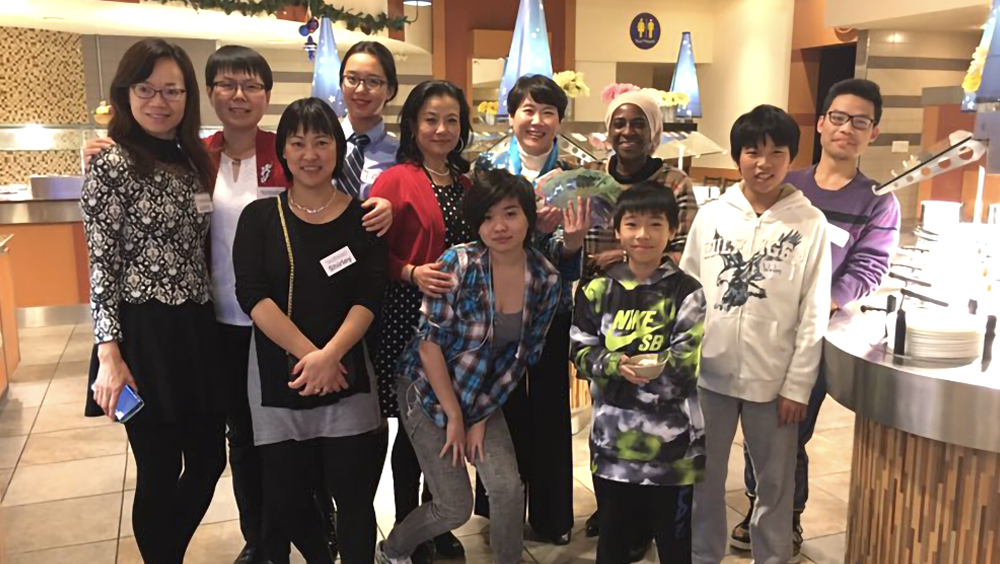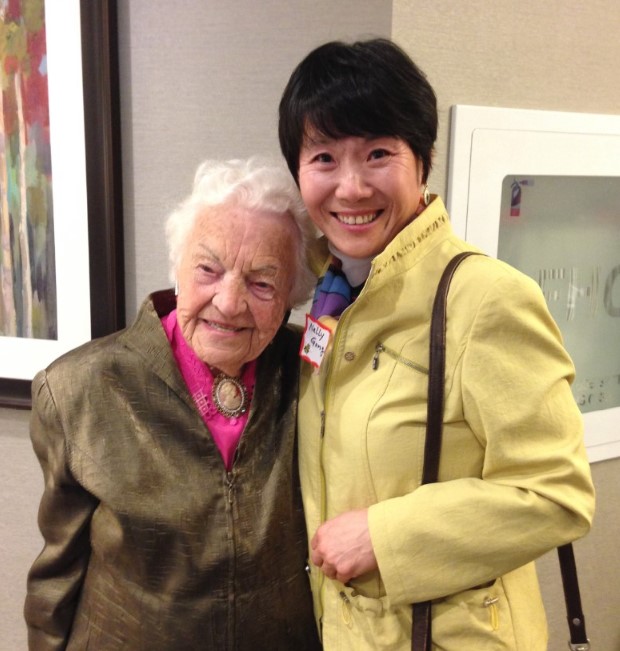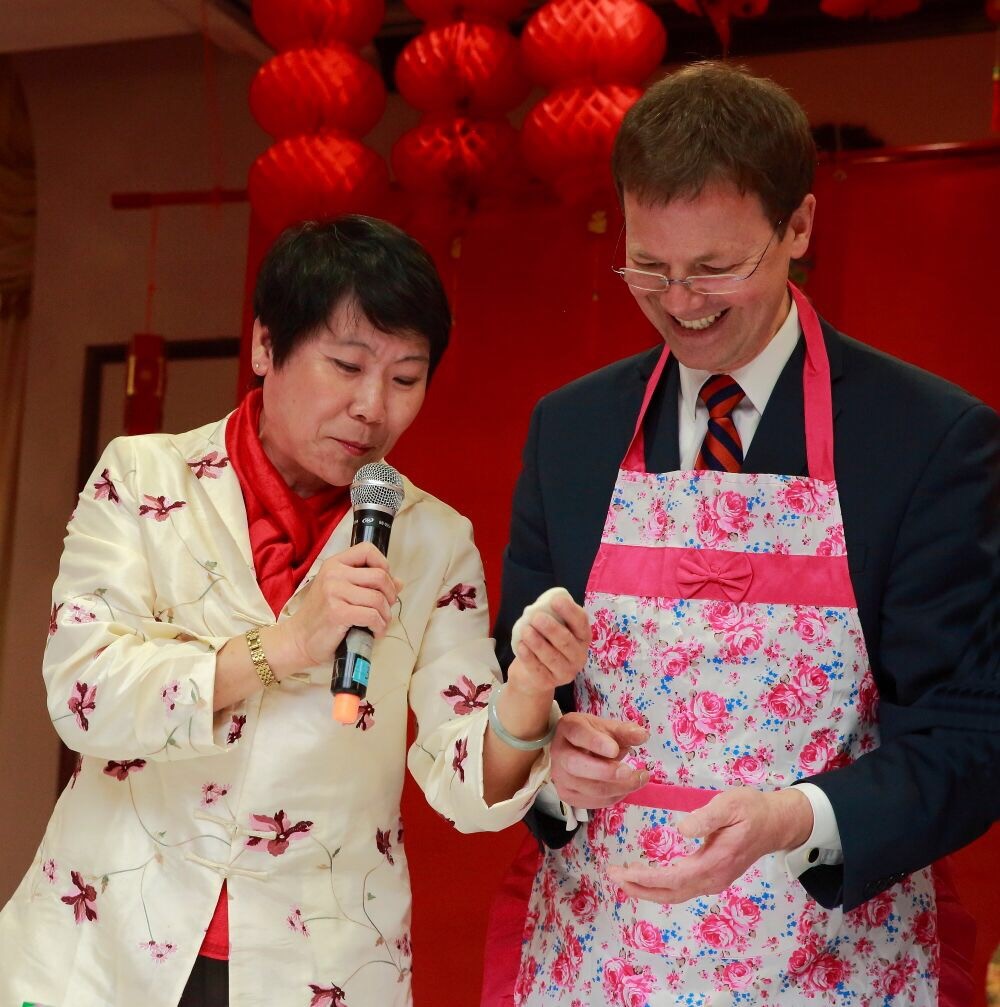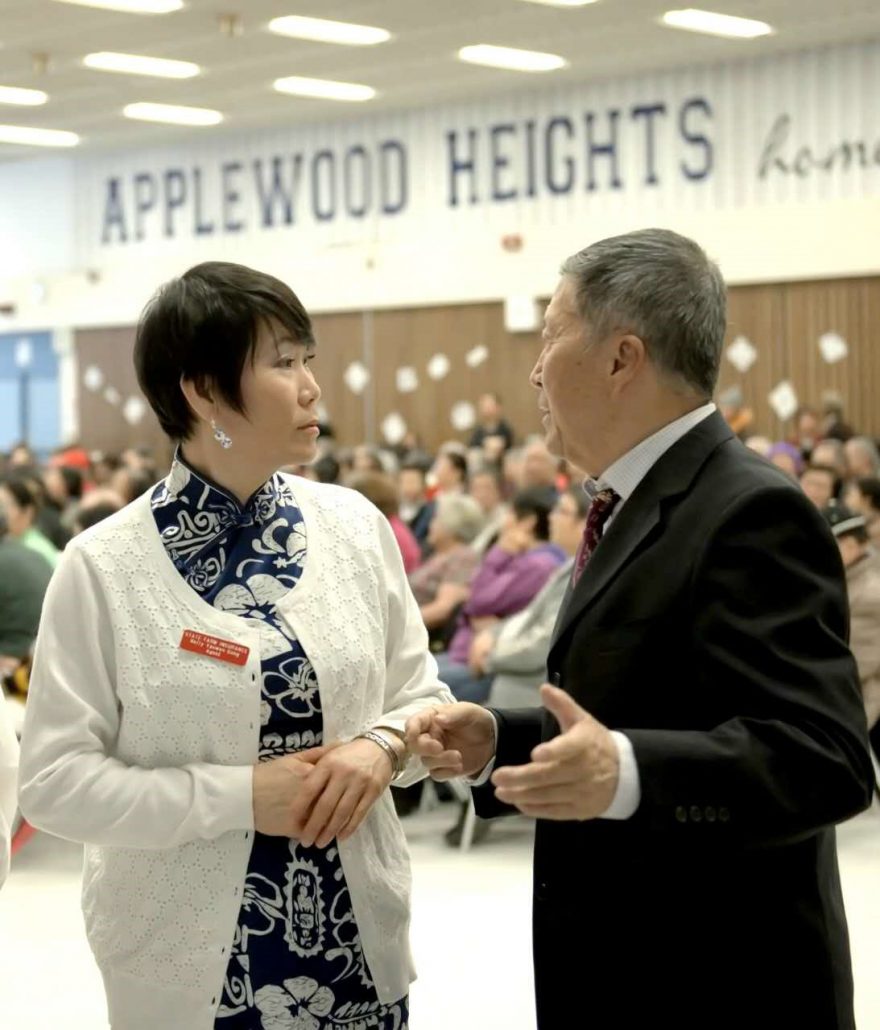
Two new United Way reports shine a light on the importance of social capital
When you ask Nelly Gong why she’s so involved in her community, her answer is simple: Because she knows first-hand how important it is to have a support network.
“As a Chinese person, you have people in your life you call ‘uncle’ or ‘aunt,’ and when you have a problem you don’t go to your mom. You call your favourite ‘aunt’ first,” says Gong, who moved to Mississauga from China (via Maryland) over twenty years ago. “But when you’re a newcomer to Canada, you have nobody. Even with friends, everyone is so busy. That’s why it’s important to build up a network.”

That’s why when people who are new to the area come to Gong’s insurance practice, she tells them: “For policy transactions, talk to my staff. But if you need help with anything else, call me on my cell phone and I will help you.” It’s also why she regularly visits the west end’s Chinese churches, ensuring that they are places she can recommend people go to get connected. If you’re looking for a job, she’ll find you a resume workshop, or point you to your nearest newcomers centre. “Years ago, I used to call myself the Chinese embassy’s Mississauga satellite office,” she jokes.

When the pandemic hit, Gong was heavily involved in coordinating volunteer-led airport pick-ups and grocery deliveries for people returning home who needed to quarantine. “I have so many people who know me but I don’t know them,” she says with a laugh. “They say, ‘Nelly, can you help me?’” And, of course, she always does.

Gong is the living, breathing embodiment of someone with high “social capital.” “Social capital describes the vibrancy of social networks, the sense of belonging, how much neighbours can rely on one another, and how much one trusts other people as well as their institutions,” explains Isabel Cascante, Director of Research, Public Policy and Evaluation with United Way Greater Toronto. Cascante and her team recently released two research reports on the subject of social capital in Peel and York Region.
The good news? “Social capital in the regions is high,” says Cascante. The bad – if not entirely unexpected – news? “It’s inequitably distributed,” she adds. “People with lower incomes and less financial security face greater barriers to social capital.”
Building that social capital is something United Way has been doing for decades. “We know that it’s the connective tissue that often holds communities together,” says Daniele Zanotti, President and CEO of United Way Greater Toronto. “And we know that connected communities do better.” In fact, he points to research that shows that communities with high social capital have higher GDP, lower crime rates, higher educational achievement, fewer visits to emergency, and lower need for social services. He also points out that poverty isn’t always just an absence of financial capital, but social capital as well. “People who feel connected have this ability to move up the social ladder,” he says, noting that most of us lean on our immediate circle—parents, friends, neighbours—for our first job. “If you’re a kid growing up in a neighbourhood with deep poverty and a lack of social capital, who exactly are you reaching out to? And what circle of jobs are you being connected to?”
And while COVID has presented many challenges, it has also been a valuable, tangible demonstration of what social capital can look like in action, Zanotti says. “We saw communities respond with an outpouring of generosity and an uprising of care we could only have imagined.”
He describes how a senior called into a national radio show at the beginning of the pandemic, and told the host that he was down to his last half can of lentils and had run out of medication. The host had the presence of mind to ask the man where he lived, and reached out to the United Way-funded 211 community and social services helpline, who called the man and kept him on the line while, in the background, a food bank was contacting a volunteer before loading their car up with groceries to take to this senior. At the same time, a United Way-funded community health centre was mobilising a nurse practitioner.
Together, the volunteer and the nurse knocked on the home’s backdoor – the man was living in a basement – and he greeted them. They were able to connect the man with some neighbours, and arrange for a community health ambassador, funded by United Way, to stop by every day to check in on him. They even made sure that he received both of his COVID-19 vaccines.
For Zanotti, this is just one of thousands of examples of how a community with high social capital can respond when called upon. “A senior who was otherwise lonely benefitted from the circles of social capital that get built,” he explains. “There are neighbours, there are agencies, and there are institutions – they all have a role to play.”
“My hope is that we take the lessons and the momentum of social capital that we’ve experienced,” he says, “and we now intentionally embed them into our personal, agency and institutional work.”
This is just one example of why social capital is not just a nice to have, but a must have. It is the critical connective tissue that makes individuals and communities productive, healthier and safer for us all.